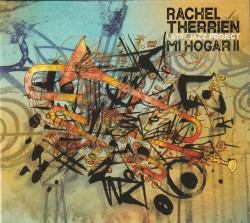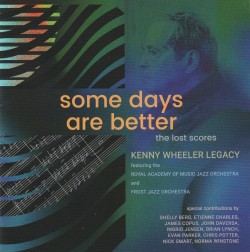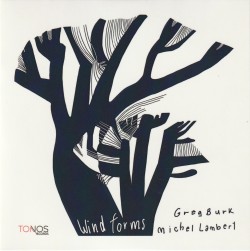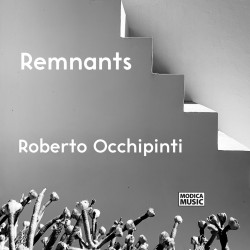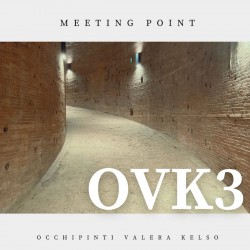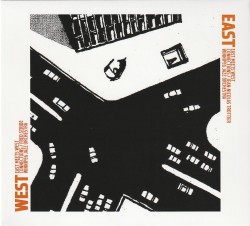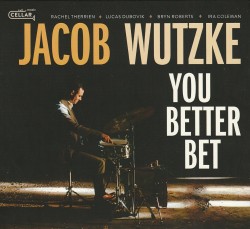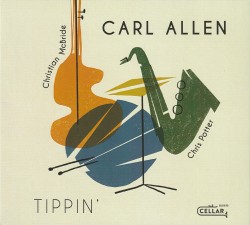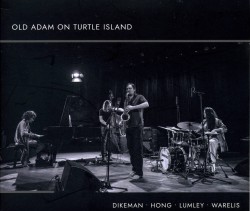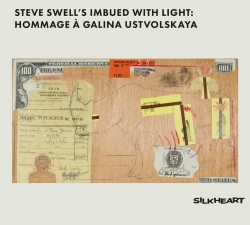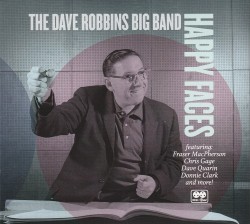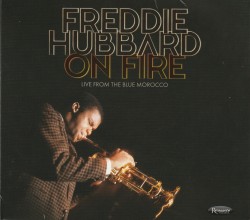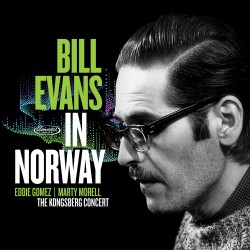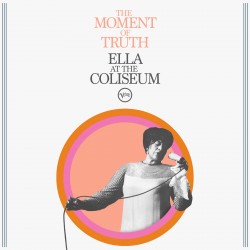Dr. Purgatory – The Consumption: A Tragic Folktale in Six Parts - David Riddel; Aline Homzy; Colleen Allen; Conrad Glutch; Noah Lemish; Andrew Downing; Stefan Hegerat
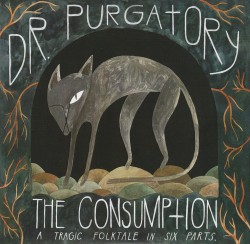 Dr. Purgatory - The Consumption: A Tragic Folktale in Six Parts
Dr. Purgatory - The Consumption: A Tragic Folktale in Six Parts
David Riddel; Aline Homzy; Colleen Allen; Conrad Glutch; Noah Lemish; Andrew Downing; Stefan Hegerat
Independent (drpurgatory.bandcamp.com)
Dr. Purgatory is the nom de plume of Toronto guitarist and composer David Riddel who studied at the U of T and who has figured centrally into several exciting jazz and creative music fusions in this city over the last ten or so years.
Assembling a great band of Aline Homzy, Colleen Allen, Conrad Gluch, Noam Lemish, Andrew Downing and Stefan Hegerat, Dr. Purgatory’s second album, The Consumption (A Tragic Folktale in Six Parts) combines the influences of Reinier Baas (an Amsterdam-based guitarist and composer with whom I was unfamiliar until now), the French impressionist Maurice Ravel, and the Icelandic singer and composer Björk into an idiosyncratic, but always musically satisfying package. Over ten compositions, including a Prologue, Intermission and Epilogue, the group traverses what seems like every improvisatory chamber group subgenre. On Necropolis, exciting musicianship and well-executed unison lines between the strings and reeds are employed to great effect. Riddel’s guitar playing is marvelous throughout, and includes soaring single note lines, beautiful wide intervallic solo playing, such as the beginning of The Philistine, and genre-less musical improvisations throughout.
Included is a short novella that relates the folktale in prose,that is explored musically on the recording so Riddel can now add author to his already impressive list of credits. The head-spinning mix of genres represented here, from Aleister Crowley to Björk to Ravel, remind me of the post-Third-Stream teaching and music of Ran Blake, who, like Riddel and company, somehow managed to coalesce a dizzying list of disparate influences into an always impressive and unified whole. I am not sure if Riddel knows Blake, but I have a feeling they would find sympatico musical and philosophical ground. A creative and thought-provoking new recording.


